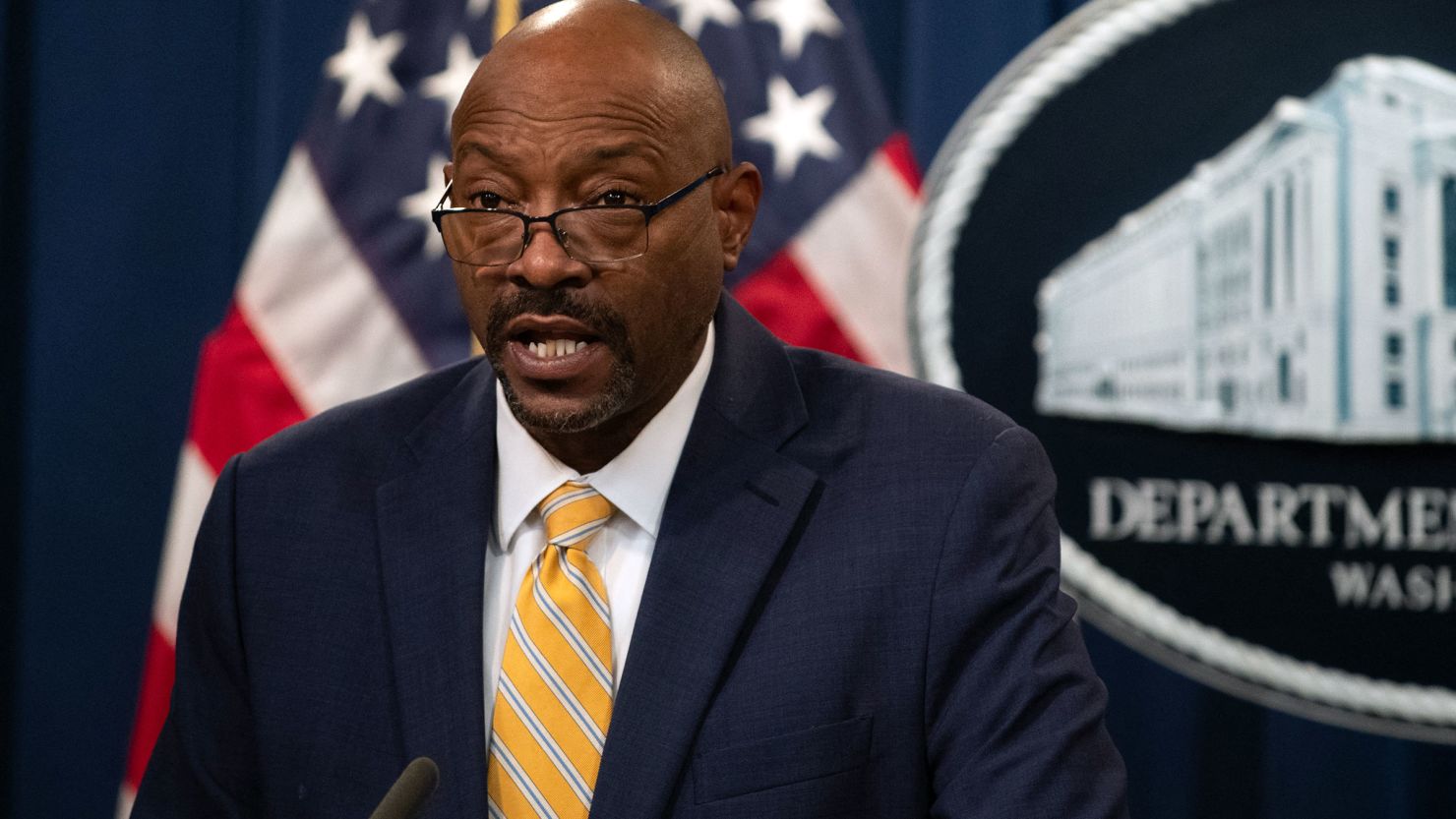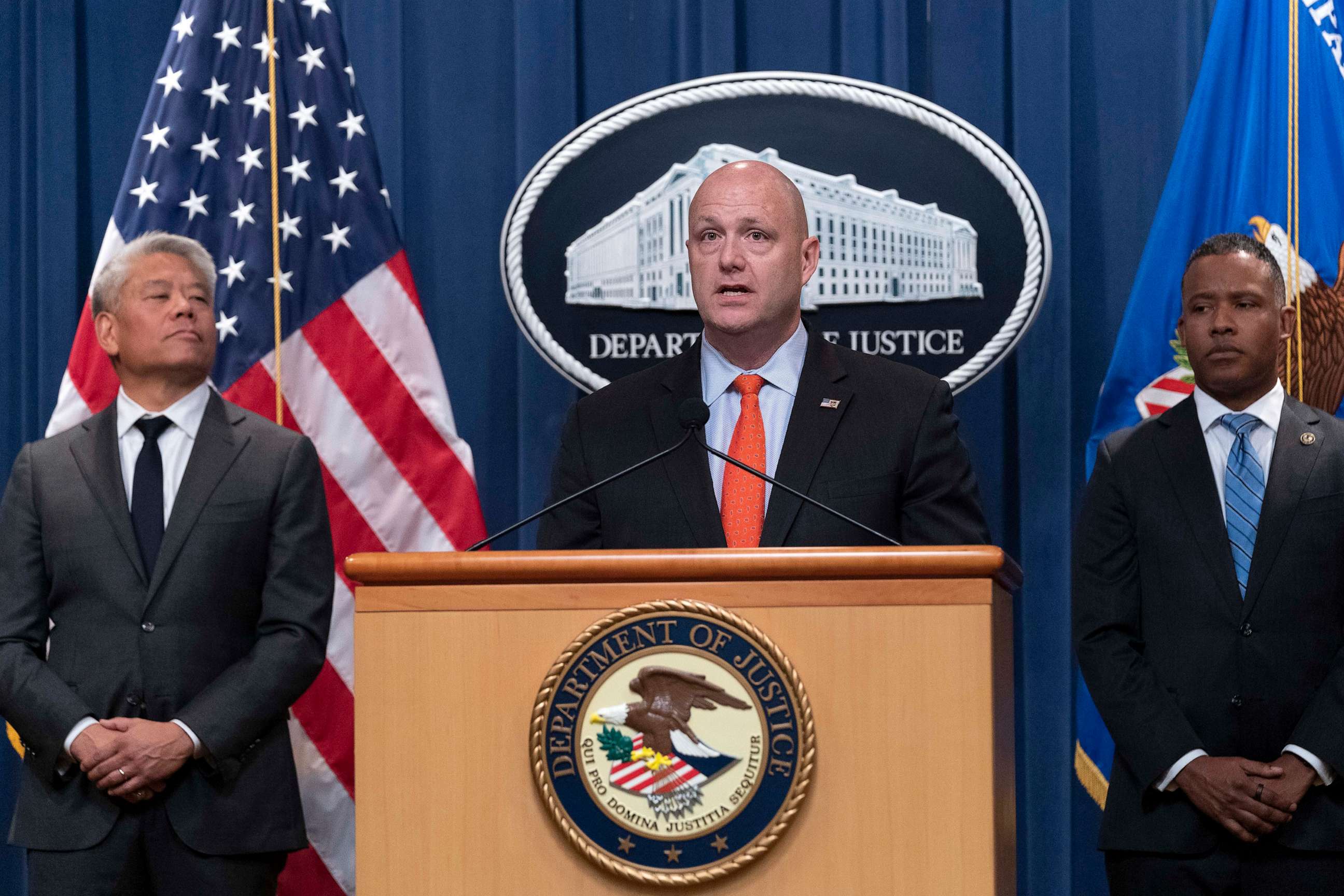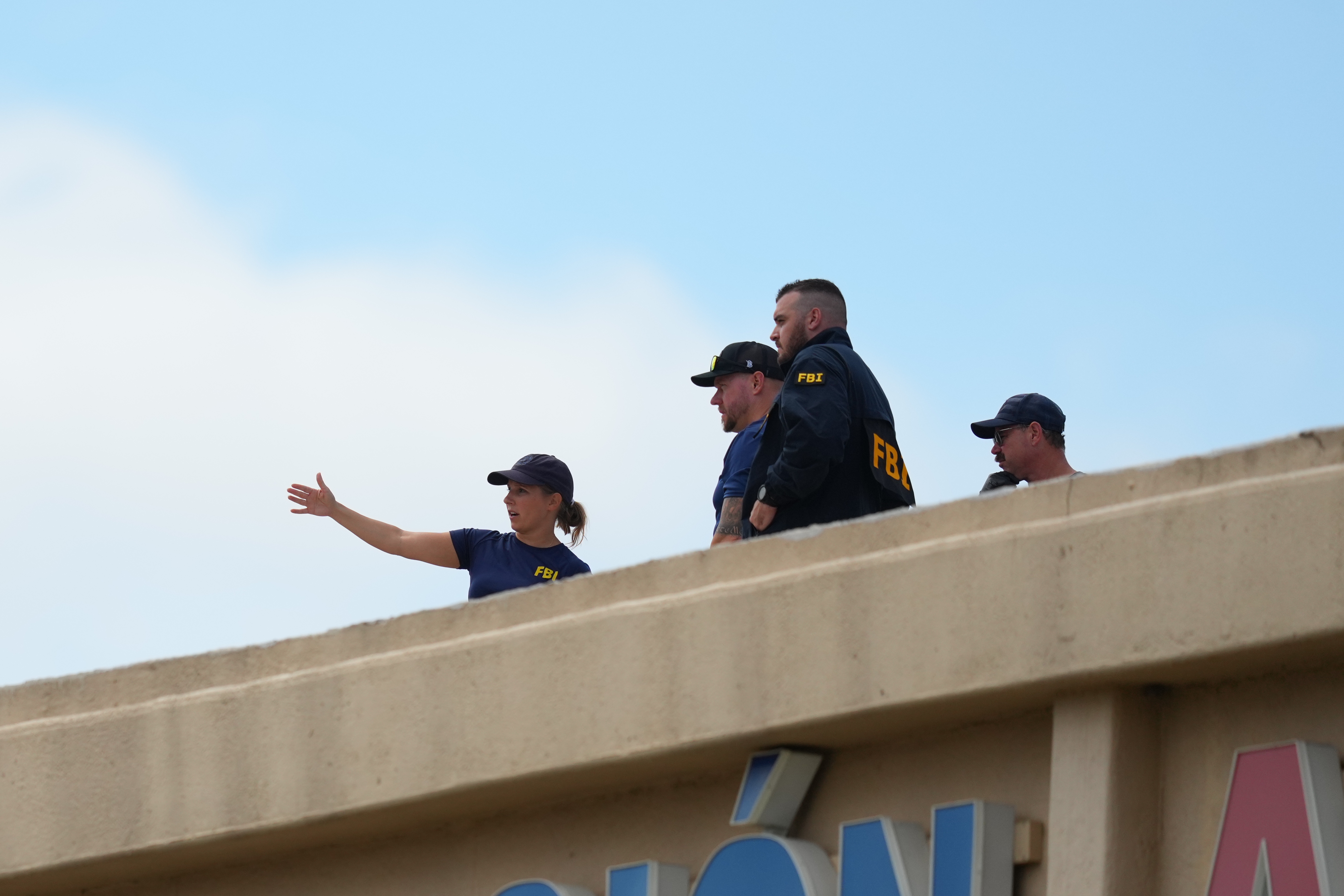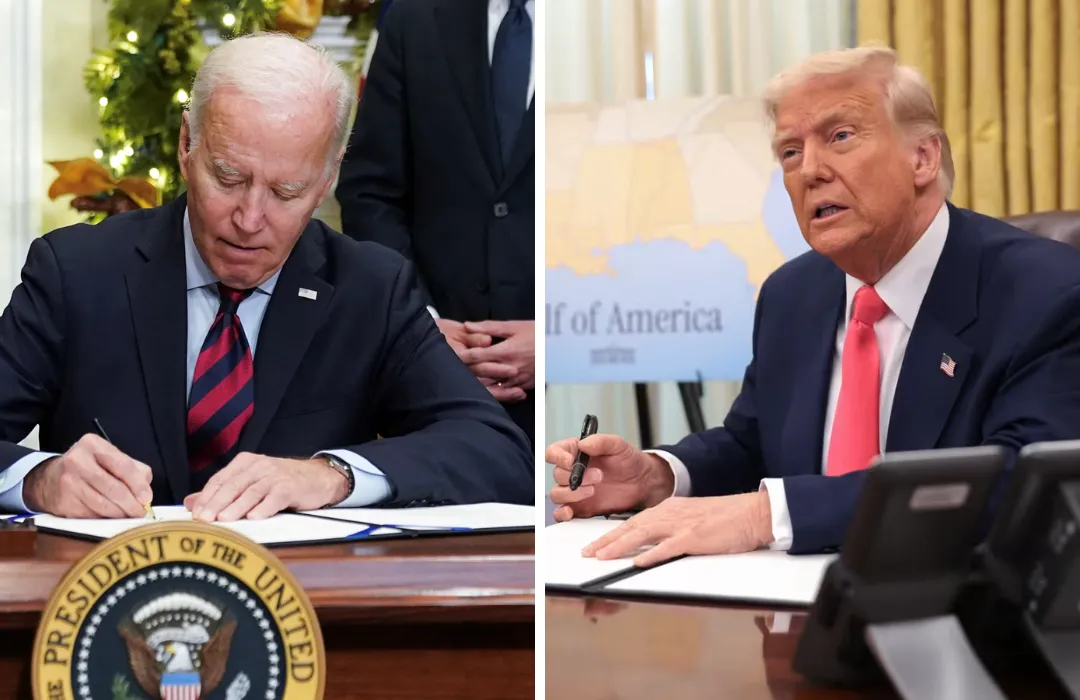
In a shocking act of violence, a sniper opened fire at a U.S. Immigration and Customs Enforcement (ICE) office in Dallas, Texas on Wednesday morning, leaving one person dead and three others wounded before taking his own life, authorities said.
The attack, which unfolded around 7 a.m. CST, marks another troubling escalation in the ongoing violence against law enforcement agencies, particularly those involved in immigration enforcement.
While the motive behind the attack remains unclear, the incident has once again brought attention to the increasing hostility faced by immigration officers in the United States.
The shooting, which occurred at an ICE facility situated just outside downtown Dallas, targeted detainees who were being transported within the facility at the time.
According to police reports, the sniper, a lone gunman, used a high-powered rifle to take aim at those held in ICE custody. Initial reports confirmed that multiple individuals were struck by gunfire, including at least one fatality.
Three others were wounded, their conditions varying, with some suffering critical injuries. The gunman, later identified as a white male, died of a self-inflicted gunshot wound as law enforcement officers closed in on him.
The chaotic scene prompted an immediate response from local law enforcement, with officers quickly arriving at the scene and securing the area.
Descriptions of the shooter, who had been spotted on a nearby roof with a sniper rifle, led officers to the roof of an immigration attorney's office where they found the shooter deceased.

ICE Director Todd Lyons confirmed that the shooter was “down” and that he had taken his own life as officers approached him. The tragic events left law enforcement, witnesses, and the public in shock, as the violence unfolded at an ICE facility that had already been the target of attacks earlier in the year.
Secretary of the U.S. Department of Homeland Security (DHS), Kristi Noem, responded to the attack on social media, offering condolences for the victims and condemning the ongoing violence against law enforcement officers.
“While we don’t know the motive yet, we know that our ICE law enforcement is facing unprecedented violence against them,” Noem wrote on X. “It must stop. Please pray for the victims and their families.”
In the wake of the attack, images from the scene surfaced, showing a heavy police presence with numerous emergency vehicles, flashing lights, and officers cordoning off the area surrounding the facility.
The ICE office, located roughly 30 minutes outside of downtown Dallas, was quickly locked down as authorities attempted to assess the full extent of the damage.
Local news outlets reported that the shooting occurred during a detainee transport to a secure area within the facility, which allowed the gunman to strike with deadly precision.
The facility was targeted at a time when detainees were being moved, and the gunman’s position allowed him to fire on at least three individuals.
While the shooter’s identity and background remain under investigation, the attack bears disturbing similarities to previous assaults on Texas immigration facilities.

This shooting in Dallas is the second targeted attack on an ICE facility in Texas this year. The first occurred on July 4, when a group of assailants opened fire on officers at the Prairieland Detention Center near Fort Worth.
That attack left one officer with a gunshot wound to the neck, though the officer survived. As of now, more than a dozen individuals have been arrested in connection with the July 4 attack, though their motives and affiliations remain unclear.
The coordinated assault marked a stark warning of the rising threats faced by those working within the immigration enforcement system.
Just 17 days after the attack in Fort Worth, another incident occurred at a U.S. Border Patrol facility in McAllen, Texas. In this case, an individual opened fire, injuring two people, including a Border Patrol agent.
The exchange of gunfire lasted for several minutes, leaving the facility in lockdown while authorities worked to resolve the situation. The attacker’s identity and motives were still under investigation at the time of this writing, but the exchange of gunfire was another stark reminder of the violence now surrounding U.S. immigration agencies.
The recent series of targeted shootings against immigration enforcement personnel has raised serious concerns about the safety and security of those working within these agencies.
ICE officers, Border Patrol agents, and detention center staff have long been at the center of controversy and public debate, with many immigration activists calling for the abolition of ICE altogether.
These attacks, however, have underscored the escalating threat against law enforcement officers and the dangerous climate in which they are forced to operate.

The violence against ICE and Border Patrol personnel is not a new phenomenon. Over the past few years, the political and social climate surrounding immigration has become increasingly polarized.
While immigration advocates have pushed for the dismantling or defunding of ICE, others have sought to bolster support for immigration enforcement agencies, citing rising border security concerns.
The current climate has given rise to heightened tensions, which have manifested in violent attacks against those tasked with enforcing immigration laws.
The tragic shooting in Dallas follows a long history of violence directed at immigration enforcement officers. In recent months, tensions surrounding immigration policies and border security have continued to escalate, leading to a series of incidents that have threatened the safety of law enforcement officers.
These attacks raise questions about the underlying causes of such violence and the broader societal implications of ongoing immigration debates.
The shooter’s motives remain unclear, but the pattern of attacks against immigration personnel suggests that the rising anger over immigration policies may be contributing to these violent acts.
While it is important to separate these individual acts of violence from the broader policy debate, it is also clear that the rhetoric surrounding immigration reform has become increasingly hostile and divisive.
The political climate surrounding immigration has become so heated that it may be fueling violent acts against those who represent the enforcement of immigration laws.

This disturbing trend has prompted some lawmakers and advocates to call for increased security measures at ICE facilities and other immigration-related offices across the country.
Given the increasing number of attacks, there is growing concern that more needs to be done to protect officers and staff working at these facilities.
Calls for increased security and support for law enforcement have gained traction in light of the recent violence, though there is still debate over how best to address the issue.
While many of the attacks against ICE personnel have been driven by anti-immigration sentiments, some believe that the violence is also a reflection of broader frustrations with the U.S. immigration system.
The rhetoric surrounding immigration has become increasingly extreme, with some individuals viewing law enforcement as the enemy in a larger battle over immigration rights.
The violence, which continues to escalate, has prompted calls for national conversations about how to balance the needs of those affected by immigration policies with the safety and well-being of law enforcement officers tasked with enforcing these policies.
As the investigation into the Dallas shooting continues, officials are working to identify the shooter and understand his motivations. While the shooter’s identity has not yet been confirmed, investigators are examining any potential connections to other attacks and looking for clues as to why he targeted the ICE facility.
The details of the shooting have already sparked a wider conversation about the role of immigration enforcement and the safety of law enforcement officers.

In the meantime, the survivors of the attack in Dallas continue to receive medical treatment, with authorities reporting that some of the injured victims are in critical condition.
As the investigation unfolds, law enforcement agencies are working to ensure that the families of the victims receive the support they need during this difficult time.
The violence faced by ICE and Border Patrol personnel serves as a reminder of the deeply divisive nature of immigration debates in the U.S. As the nation continues to grapple with its immigration policies and the growing tensions surrounding these issues, the safety of law enforcement officers must remain a priority.
It is clear that the issue of immigration is far from resolved, and with the rise in violence against enforcement personnel, it is crucial to find solutions that prioritize both public safety and the well-being of those working to enforce immigration laws.
-1755769217-q80.webp)


